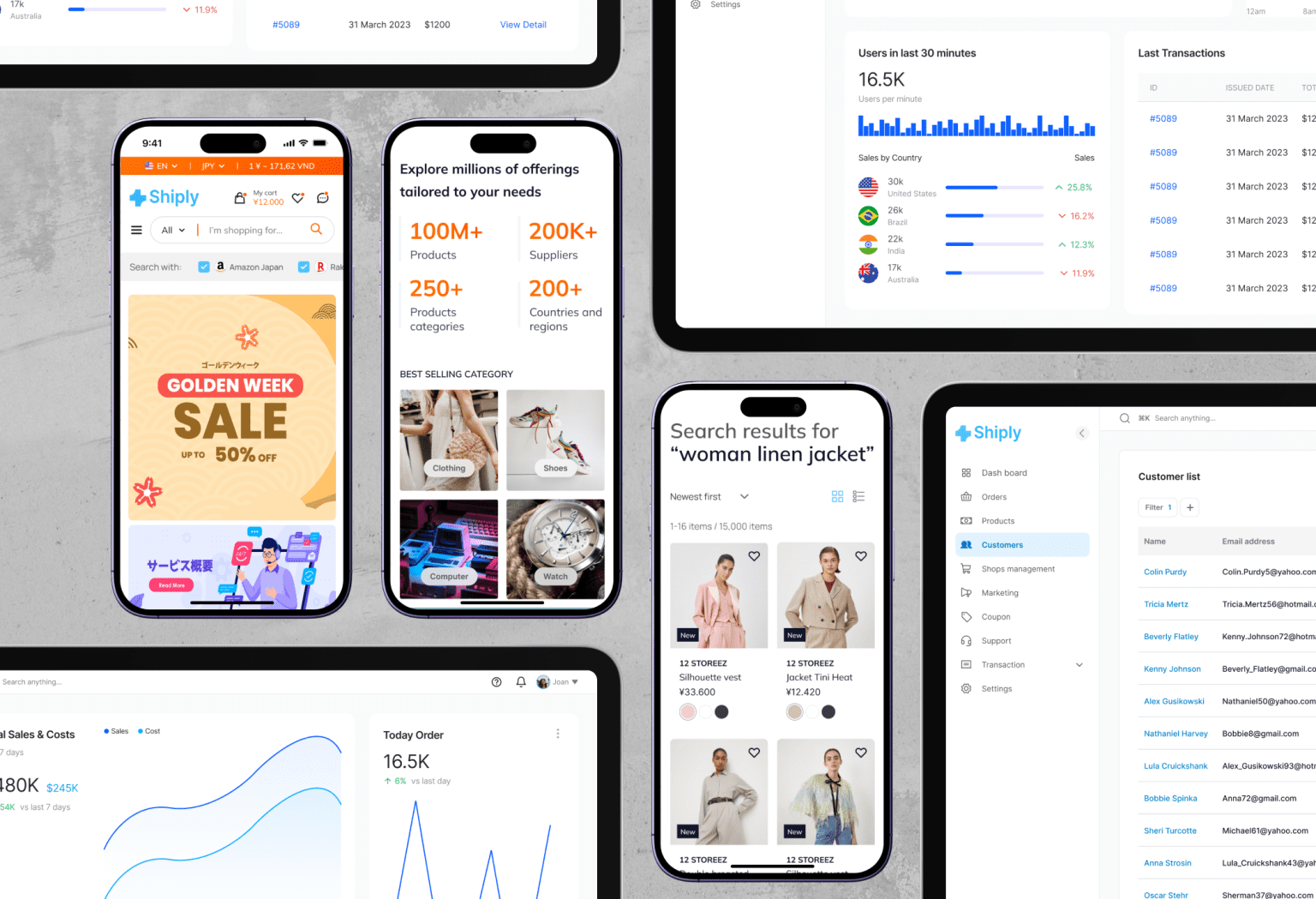Shiply Express is a logistics service provider in Japan dedicated to creating a reliable and user-friendly environment for international shoppers. Their goal is to eliminate barriers related to customer support, logistics, and payment services.
As a UX designer, my responsibility was to design a smooth and intuitive experience for both customers on the platform and operators using the admin system.
Disclaimer: Because I signed an non-disclosure agreement, I've altered most of the project's details, including the brand name and the structure and functions of the admin site.

Challenges
Language Barrier: The primary challenge was the language barrier between the client and me. I had to receive the clients’ feedback through the project manager, sometimes through verbal communication. Misunderstandings were bound to happen as time passed.
Complex User Flow and Product Status: Shiply Express engages in various business operations, including purchasing goods, inventory management, product categorization, and customer delivery. Understanding these processes and well-defined order statuses is crucial to ensure a smooth workflow. The order statuses need to encompass the entire product journey, from purchase to delivery.
Lacking UX designers’ role in the Agile process while clients give feedback every day: Typically, I finalize designs for user stories and collect client feedback before passing them on to developers. We only gather feedback from clients, and stakeholders in another weekly meeting or at the end of the sprint process.
In this case, the clients are much more proactive in giving feedback. They review the design and give feedback every day, which can be both an opportunity and a challenge for our team’s workflow.
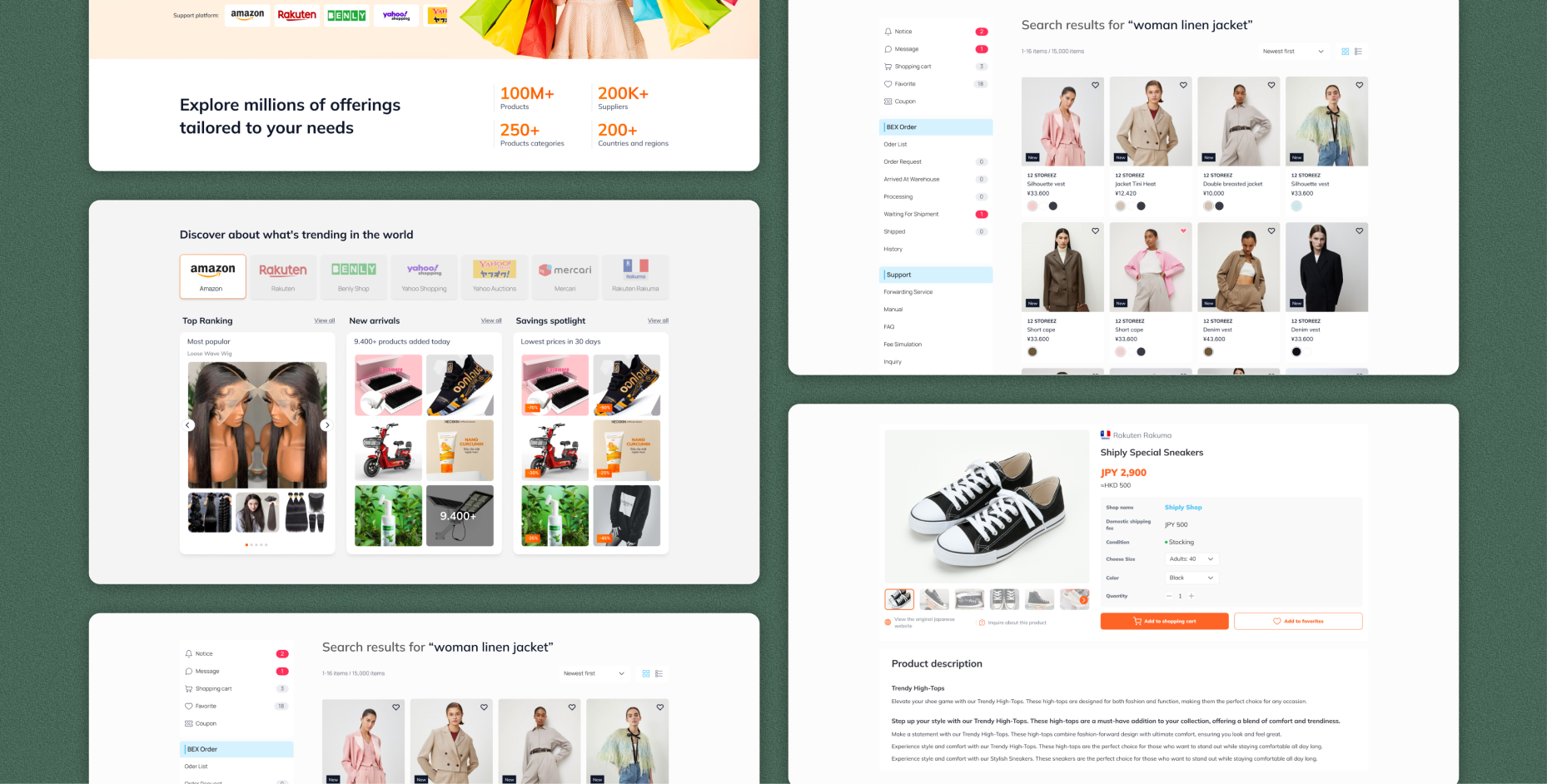
Approach
Throughout cCollaboration with Business Analysts and Product Manager
To overcome the language barrier and minimize misunderstandings, I need to actively collaborate with the client through the product manager. This included conducting meetings, gathering feedback, and usually seeking clarification to understand the client’s needs for the Shiply project.
Standardizing Product Terms
I developed documentation to establish standardized product terminology, promoting consistency and clarity in communication across different languages. These documents were references for the project team, ensuring that everyone used uniform terminology when discussing and implementing various features. This approach helped minimize confusion and maintained a cohesive understanding throughout the project.
Establish Clear Feedback Channels (document every change)
Establish clear communication channels for clients to provide feedback, such as project management tools, messaging platforms, or regular meetings. Clients should structure their feedback using formats like user stories or bug reports, which helps the team prioritize and address their concerns more effectively. For instance, I encourage clients to leave feedback as comments on the product backlog or to organize it in a spreadsheet rather than sharing it verbally or through Figma comments.
Daily Stand-ups and Check-ins
There were daily stand-up meetings and check-ins to review client feedback received the day before. This allows me to inform the development team about the ongoing change on the designs.
Ensure feedback is integrated into the daily workflow without disrupting the team’s focus on sprint goals.
Whenever I make updates to ongoing or completed user stories, I make it a point to document the changes as issues and assign them back to the developer.
Web Design
During my initial discussions with clients, we worked closely together to outline the types of content needed to meet their goals.
To ensure the website’s style aligned with the brand identity, we collaborated on selecting the right colors and fonts. We agreed on a color palette that reflected the brand’s personality.
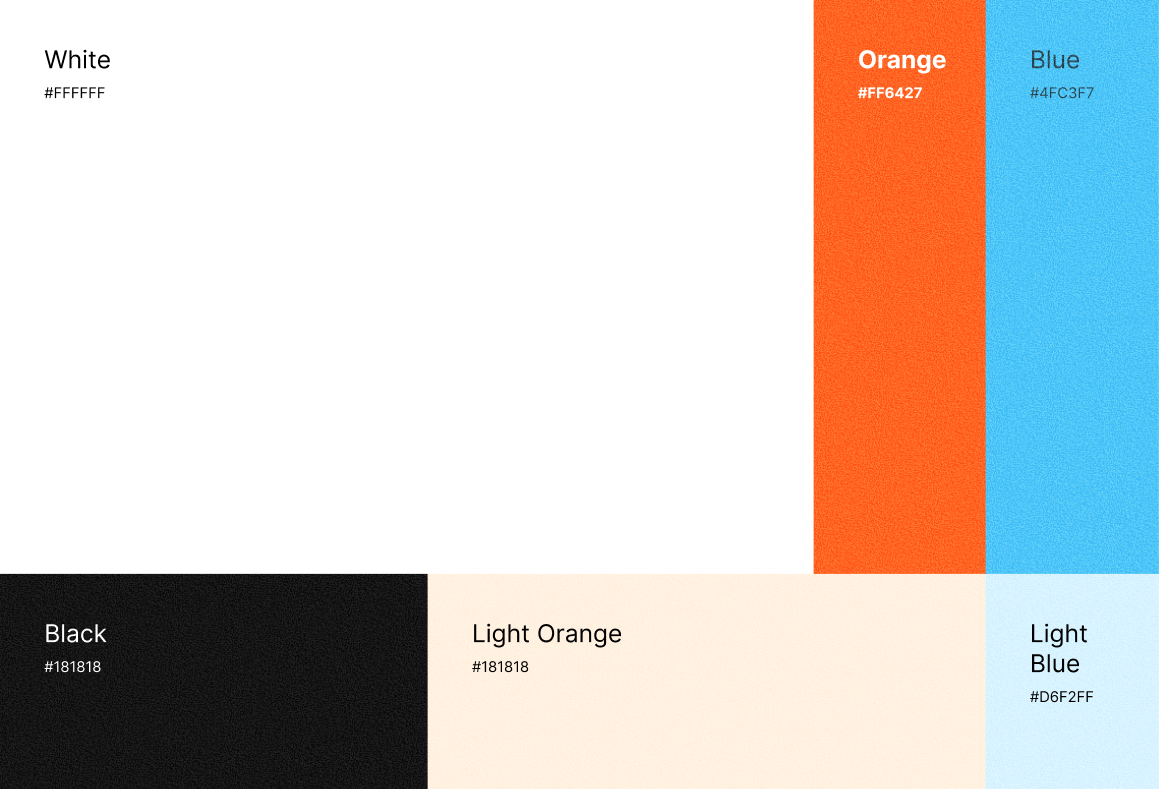
For the typography, I opted for clean, modern fonts that conveyed clarity and professionalism while remaining approachable. My focus was to ensure that the design effectively communicated the service’s benefits while maintaining a strong visual identity.

Result
The Shiply project was completed within the specified timeline and was released in July 2024. The collaborative approach and adherence to client requirements contributed to the positive outcomes of the project.
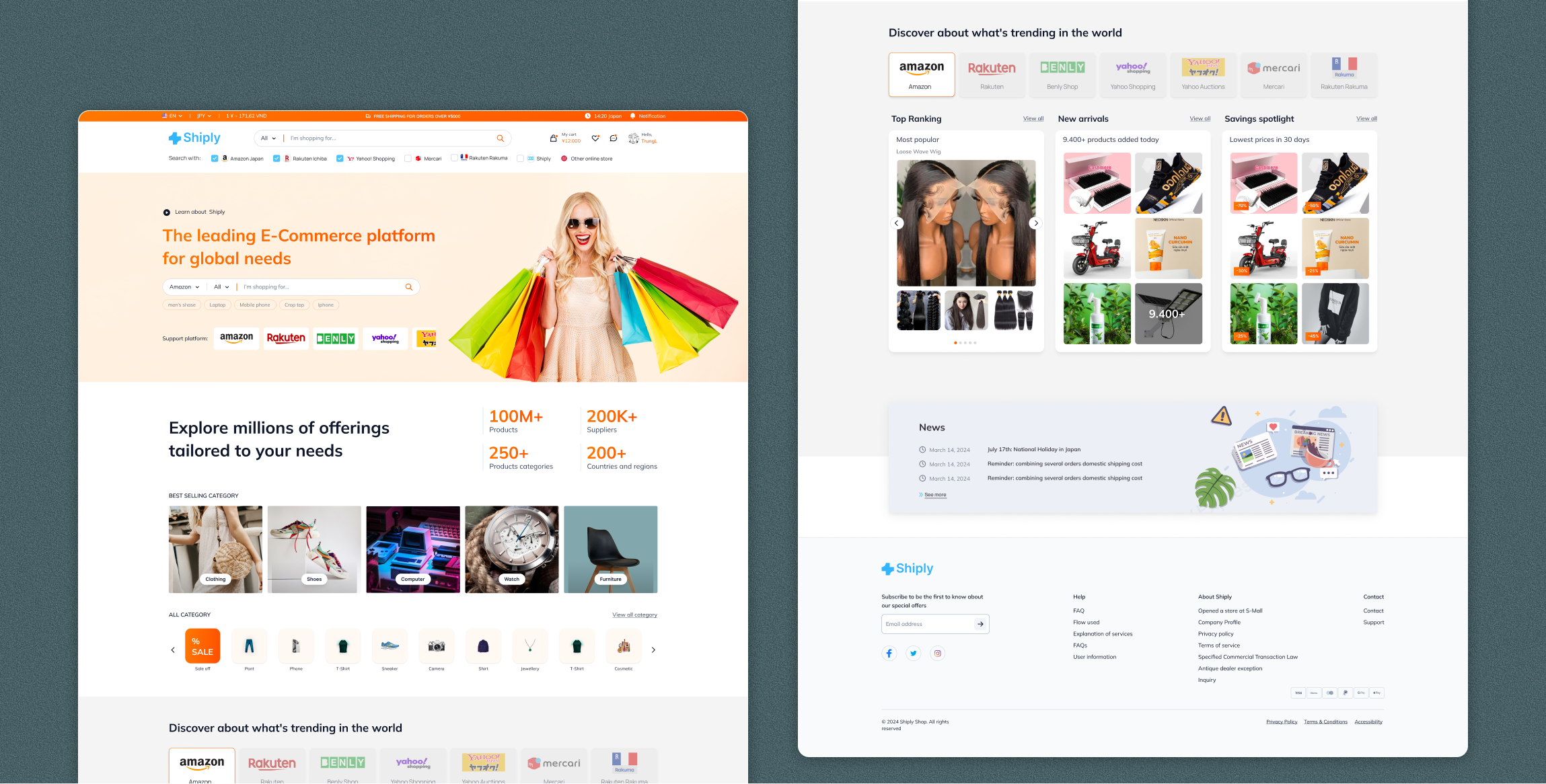
I ensured that the website had enough white space for scanability, and presented a well-arranged mix of photos and text blocks.


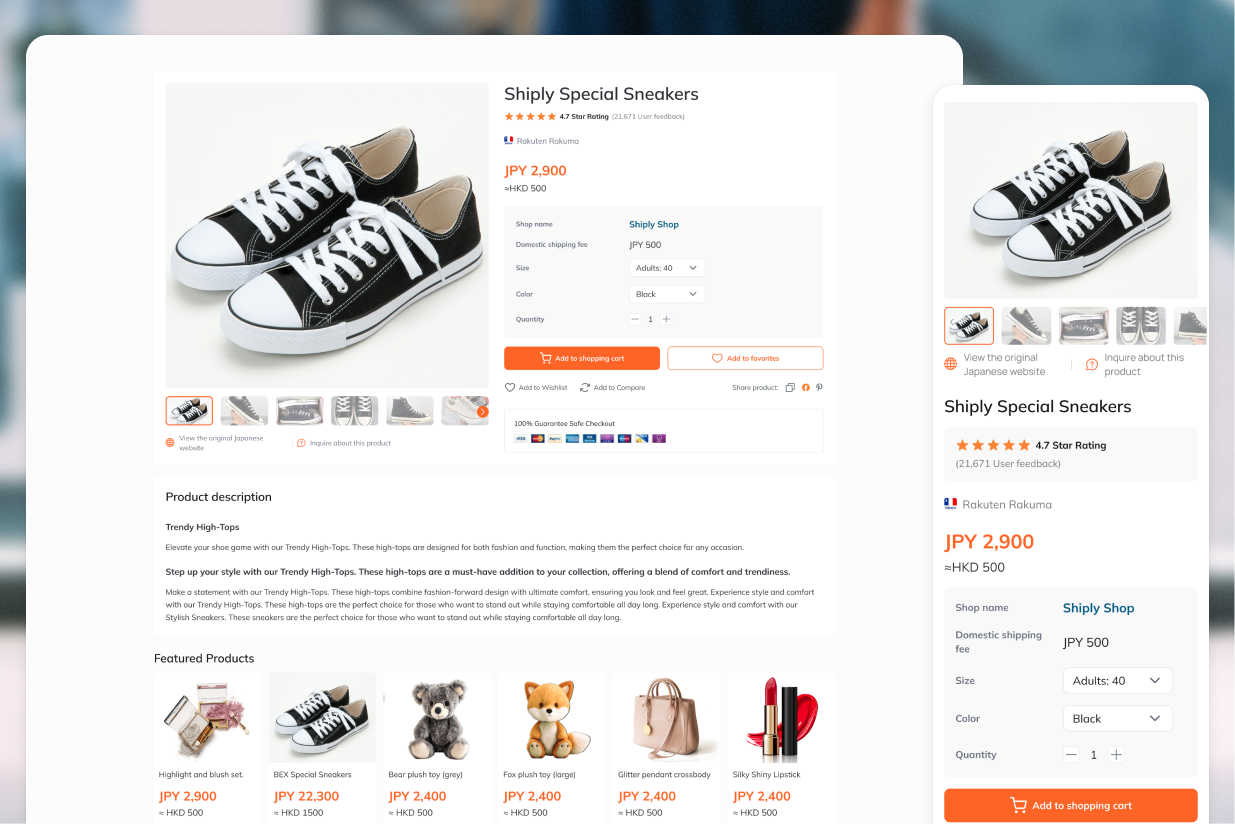
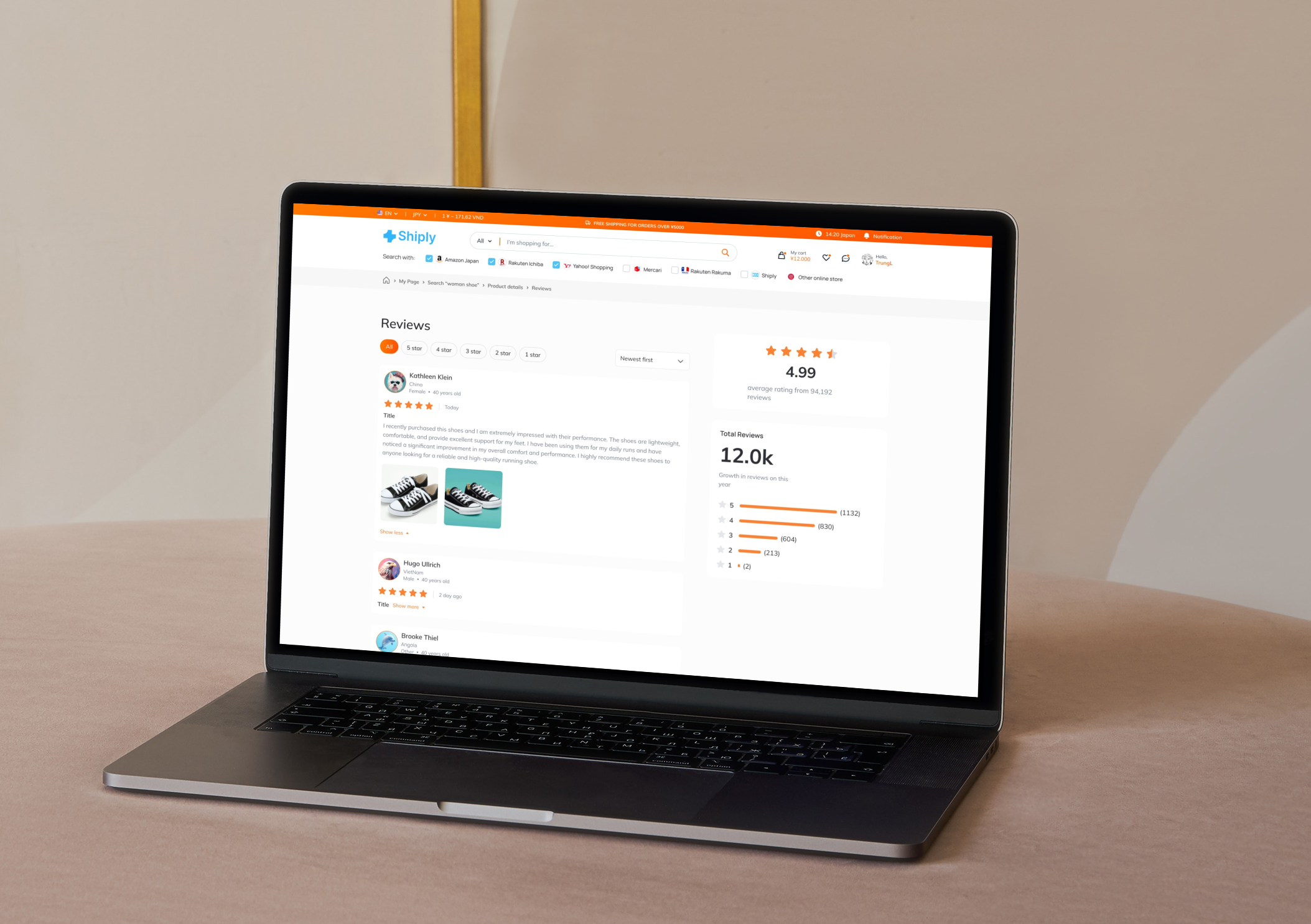
As the website designs became more polished, it was time to optimize them for mobile devices. Ensuring the website functions seamlessly on all screen sizes is crucial.
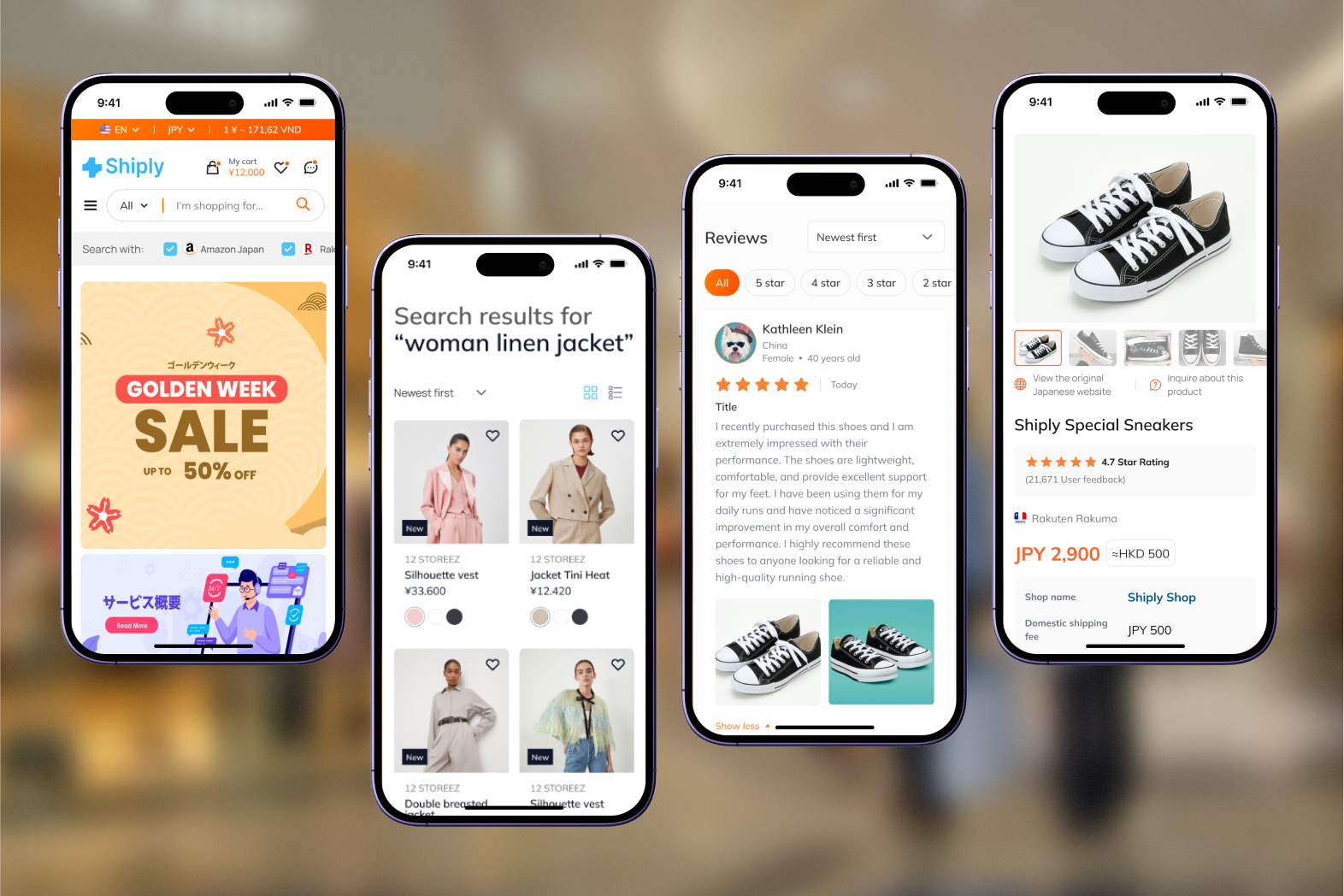
The checkout process prioritizes simplicity and efficiency, aiming to reduce cart abandonment by making it easy for customers to complete their orders.
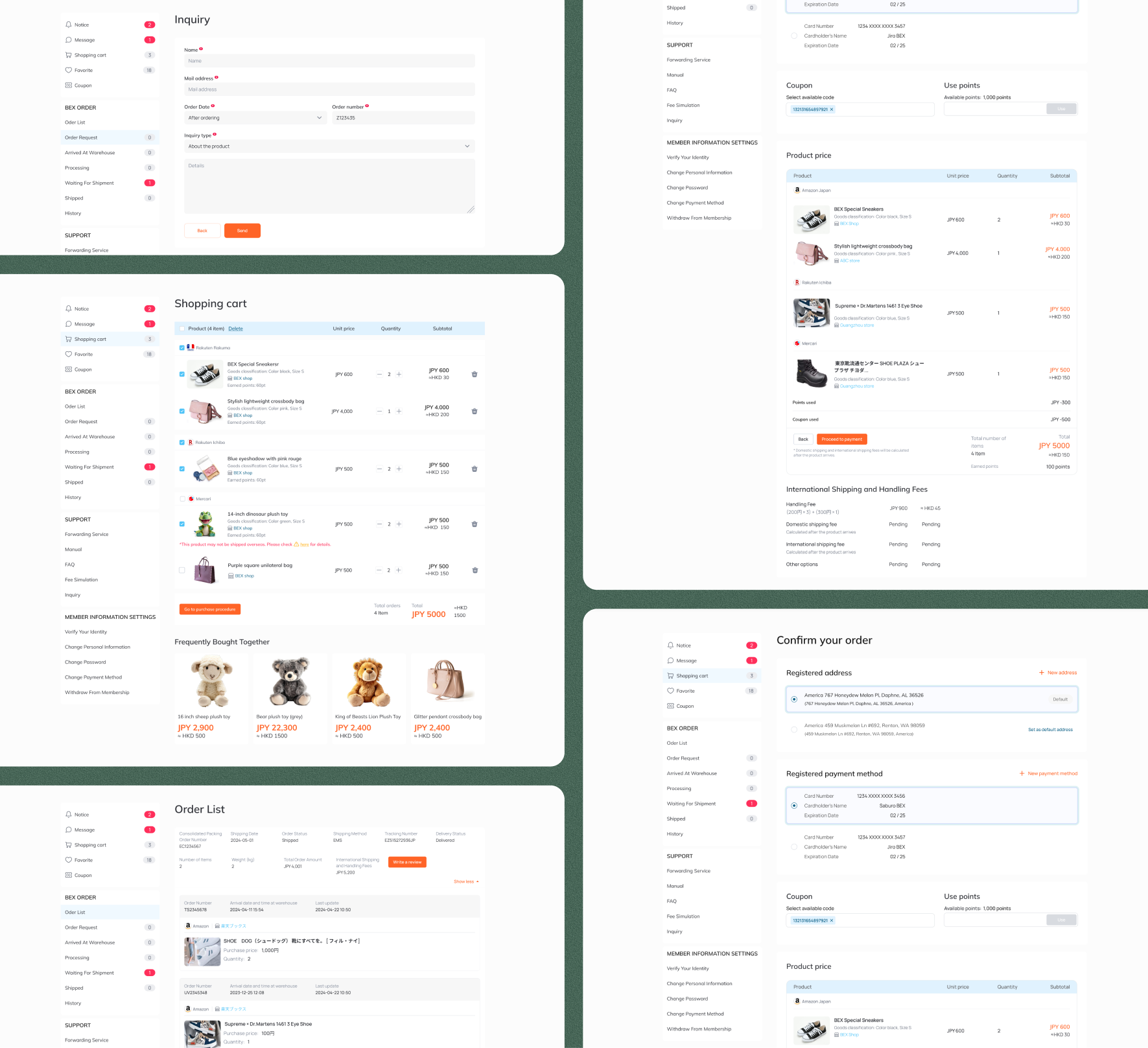
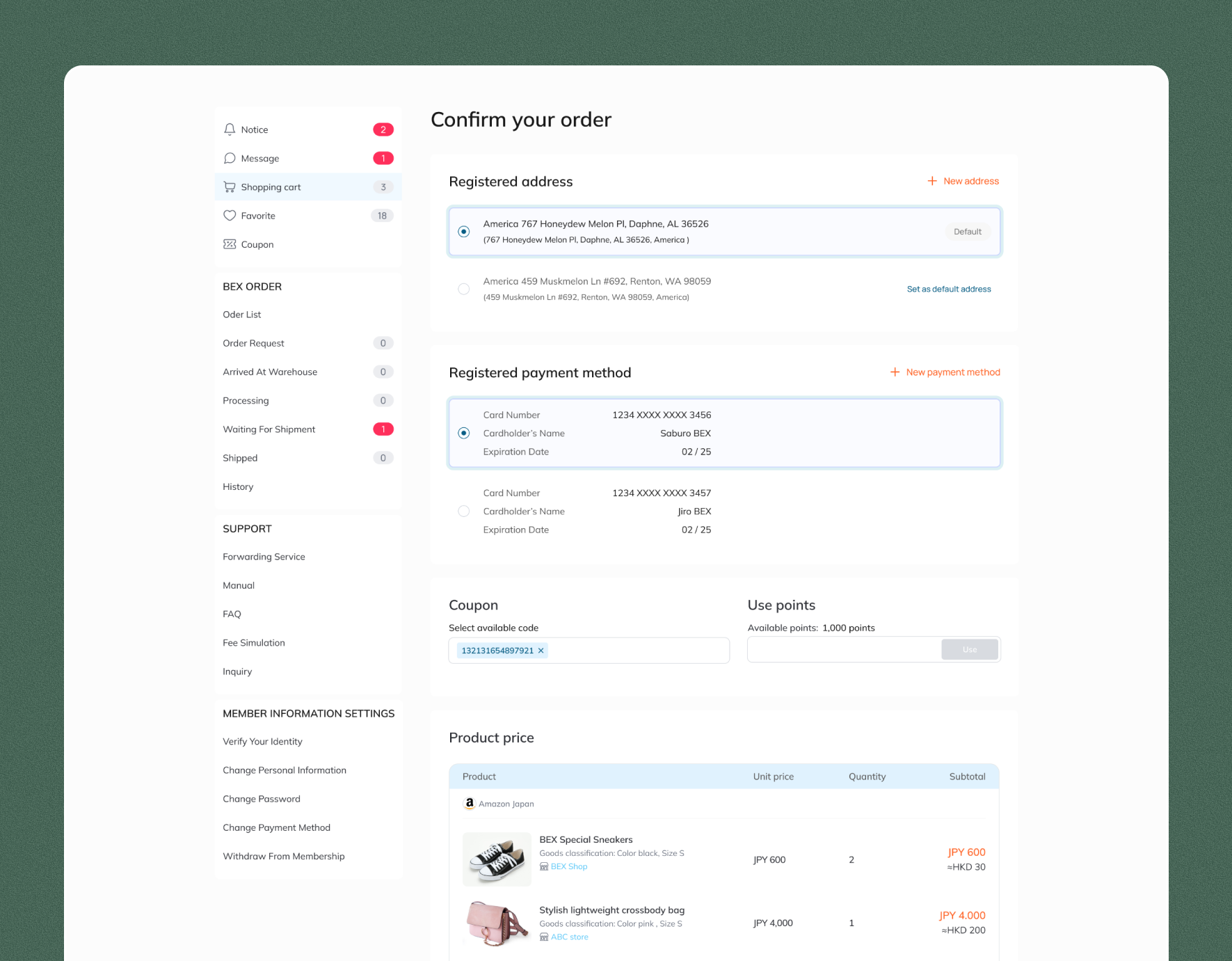
In addition to the e-commerce website for front users, I also needed to create an admin site to manage the site’s information. The admin site features a clean white background with minimal distractions, as it requires a lot of interaction. I focused on making the admin site as simple and user-friendly as possible.
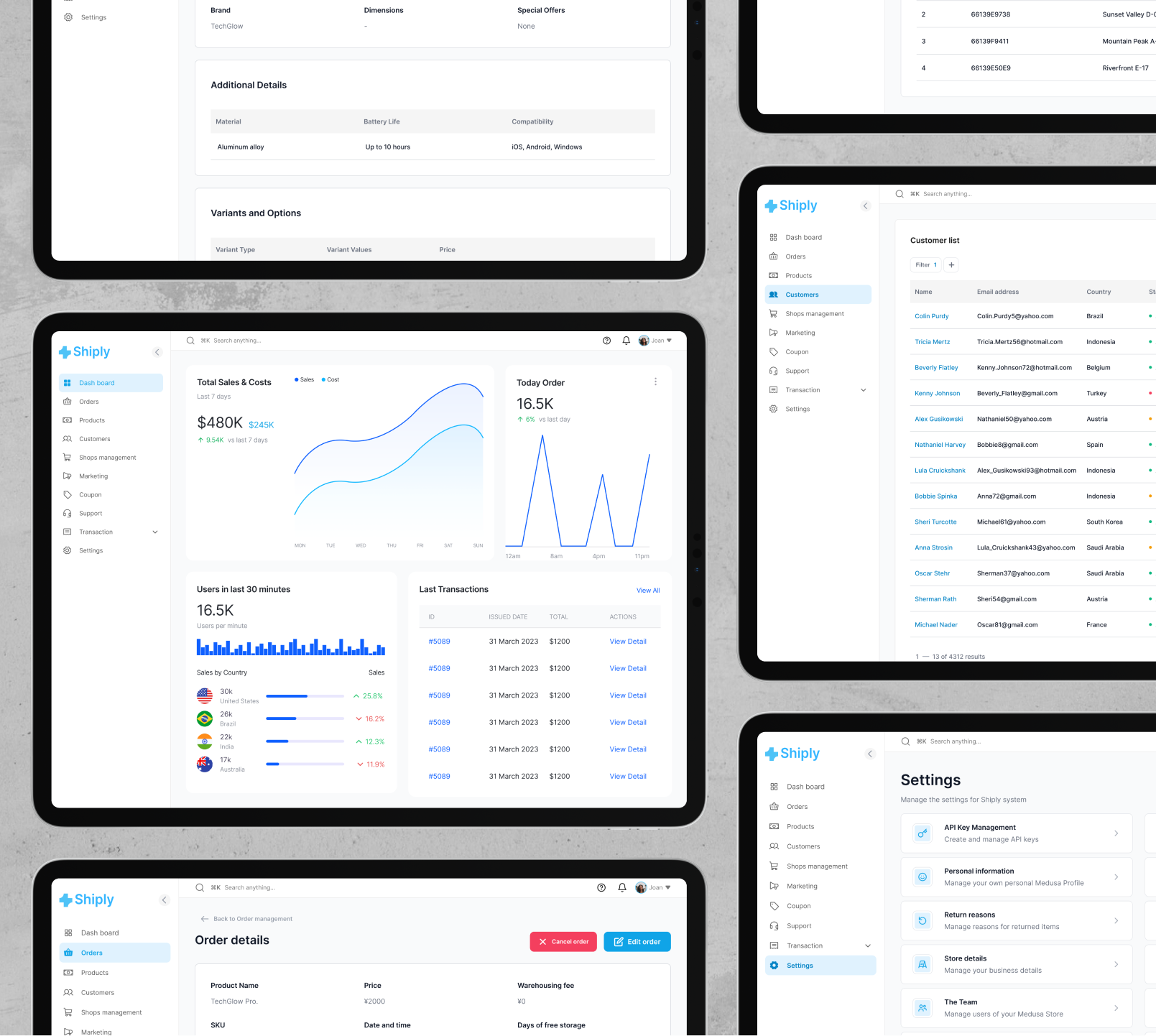

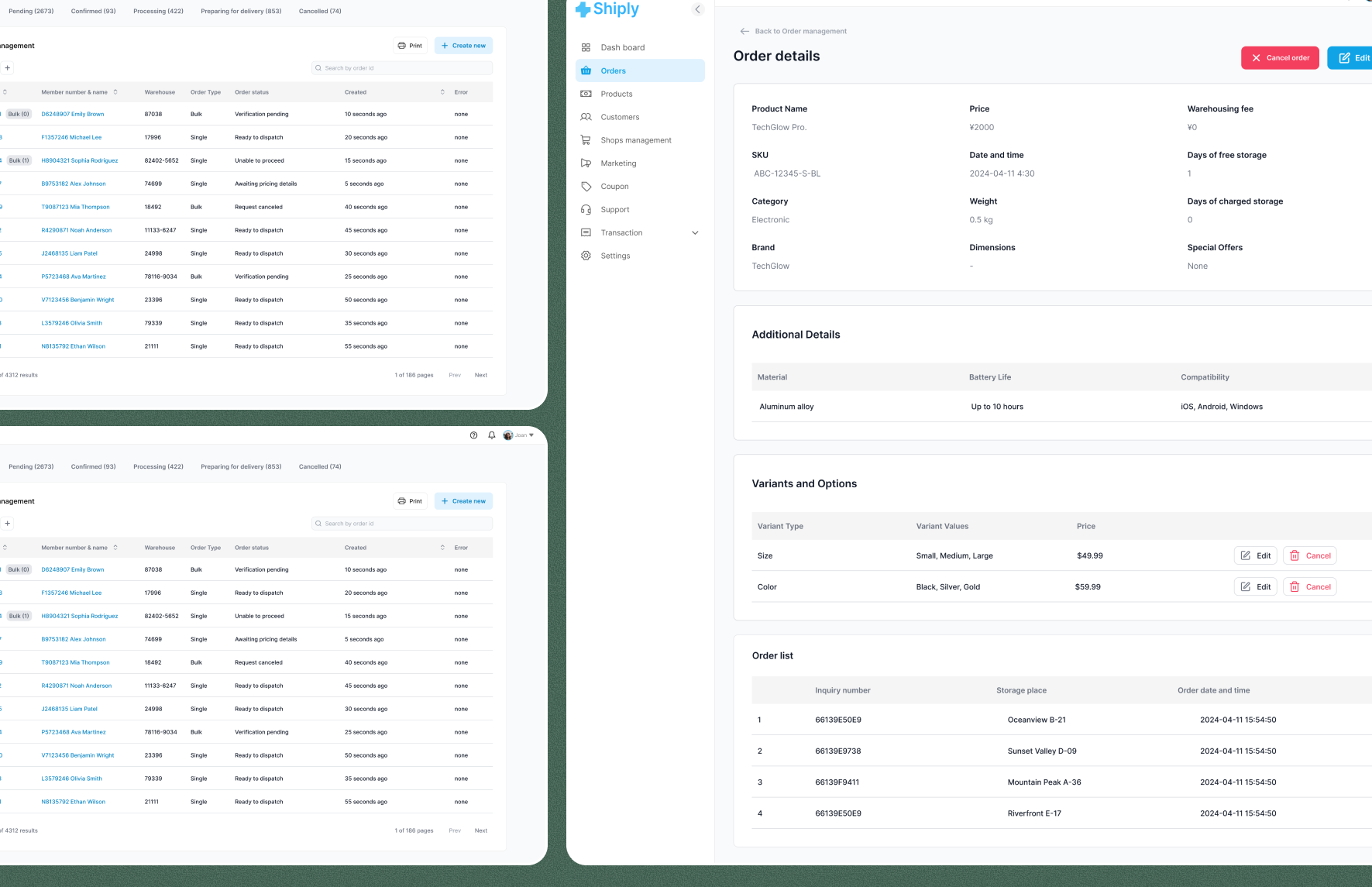
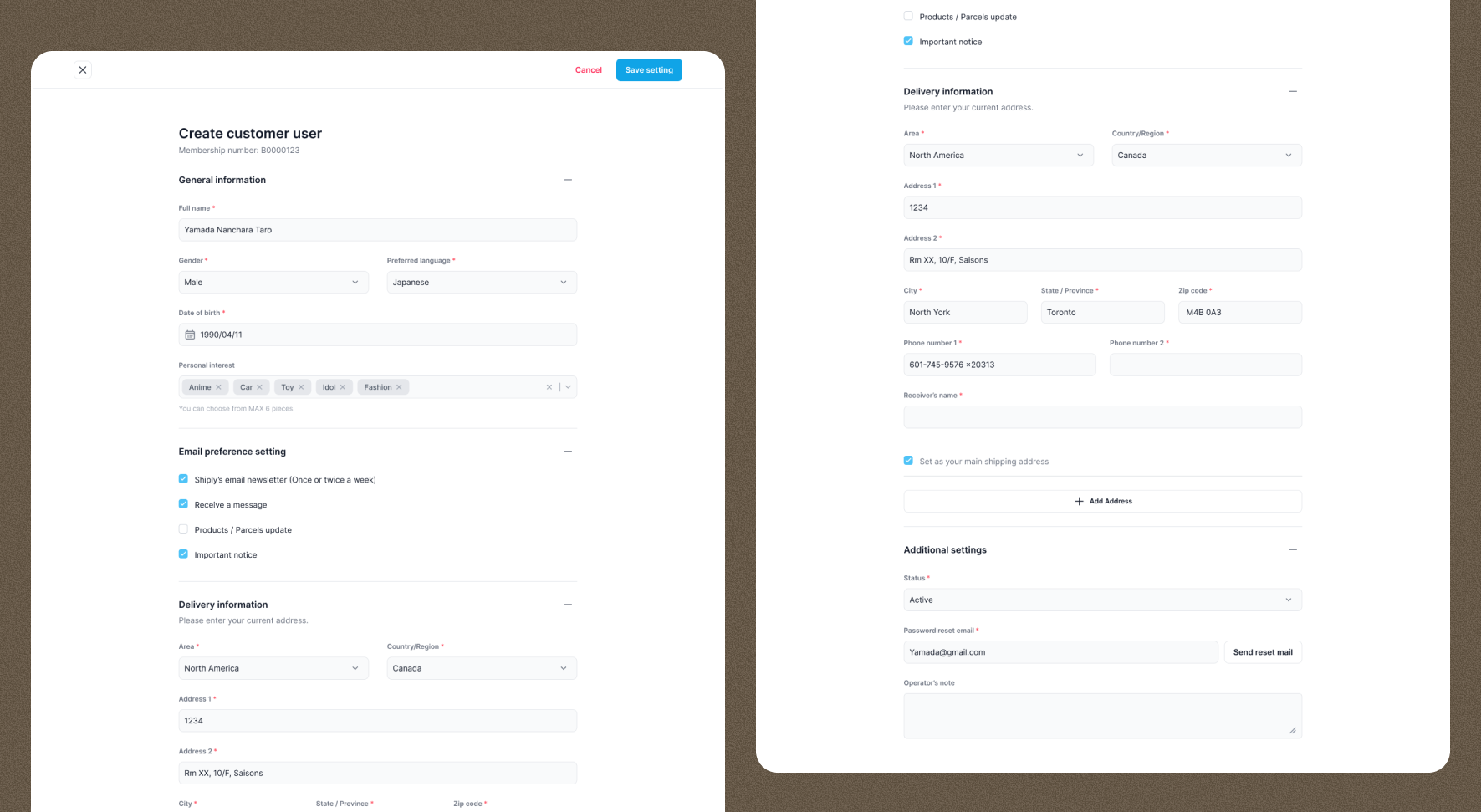
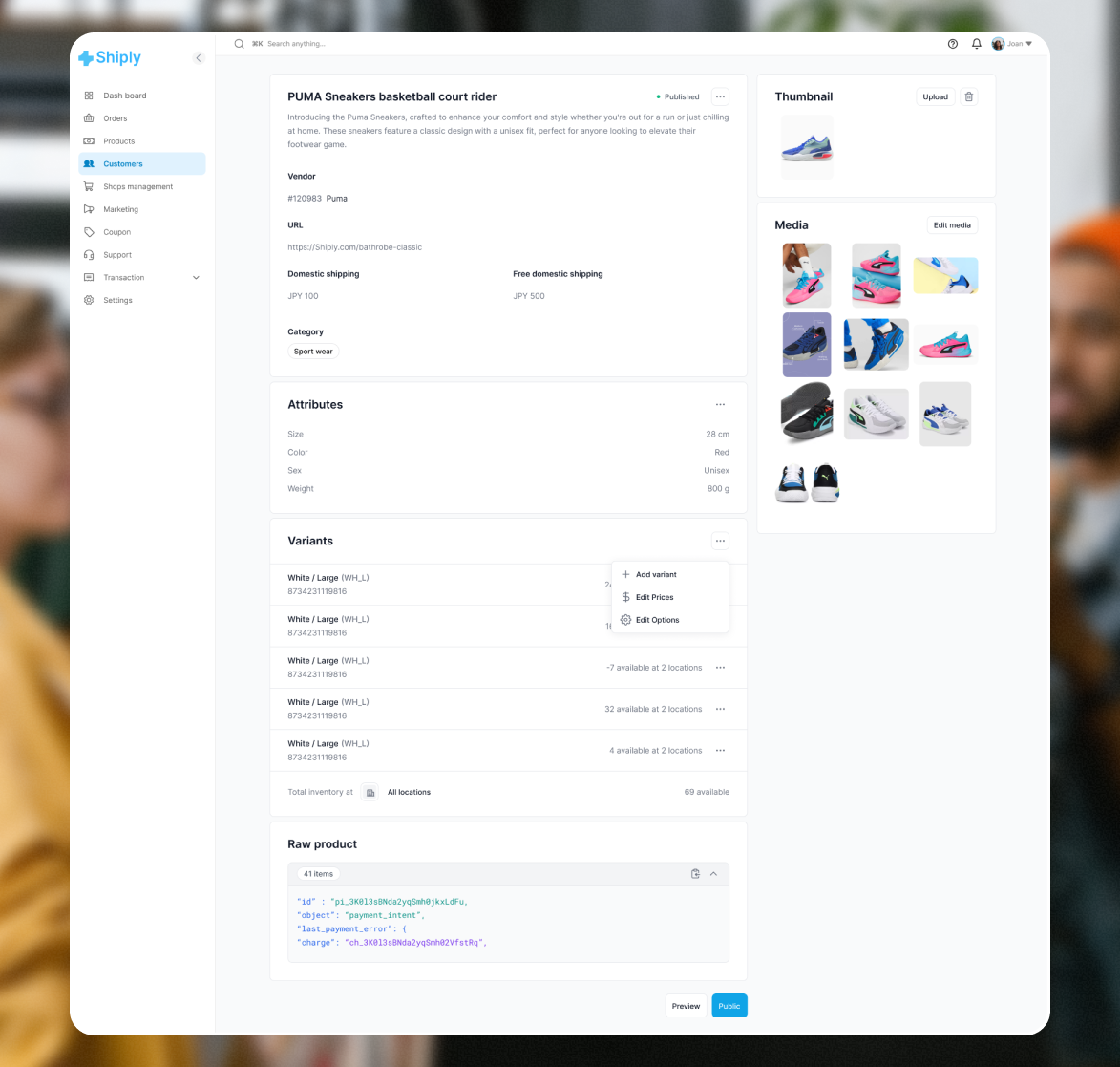
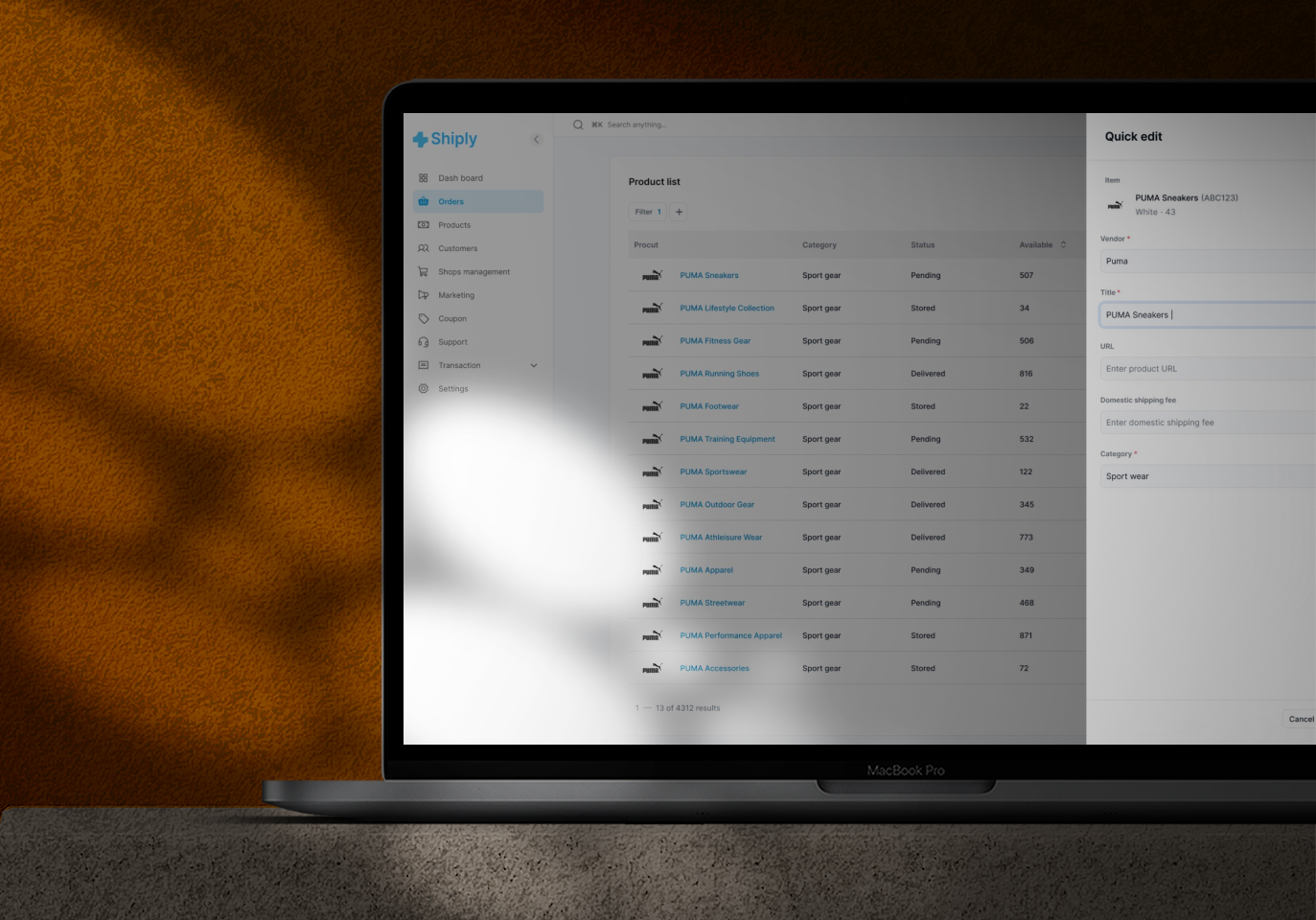
What Needs to be Improved?
One area I can work on is adopting a more proactive approach to managing the business flow.
Simply designing based on requirements isn’t always enough. It’s crucial to understand the business and technical side of the product, anticipate potential challenges, and pinpoint areas for improvement. I can significantly shorten the project timeline by proposing enhancements early in the product cycle.

